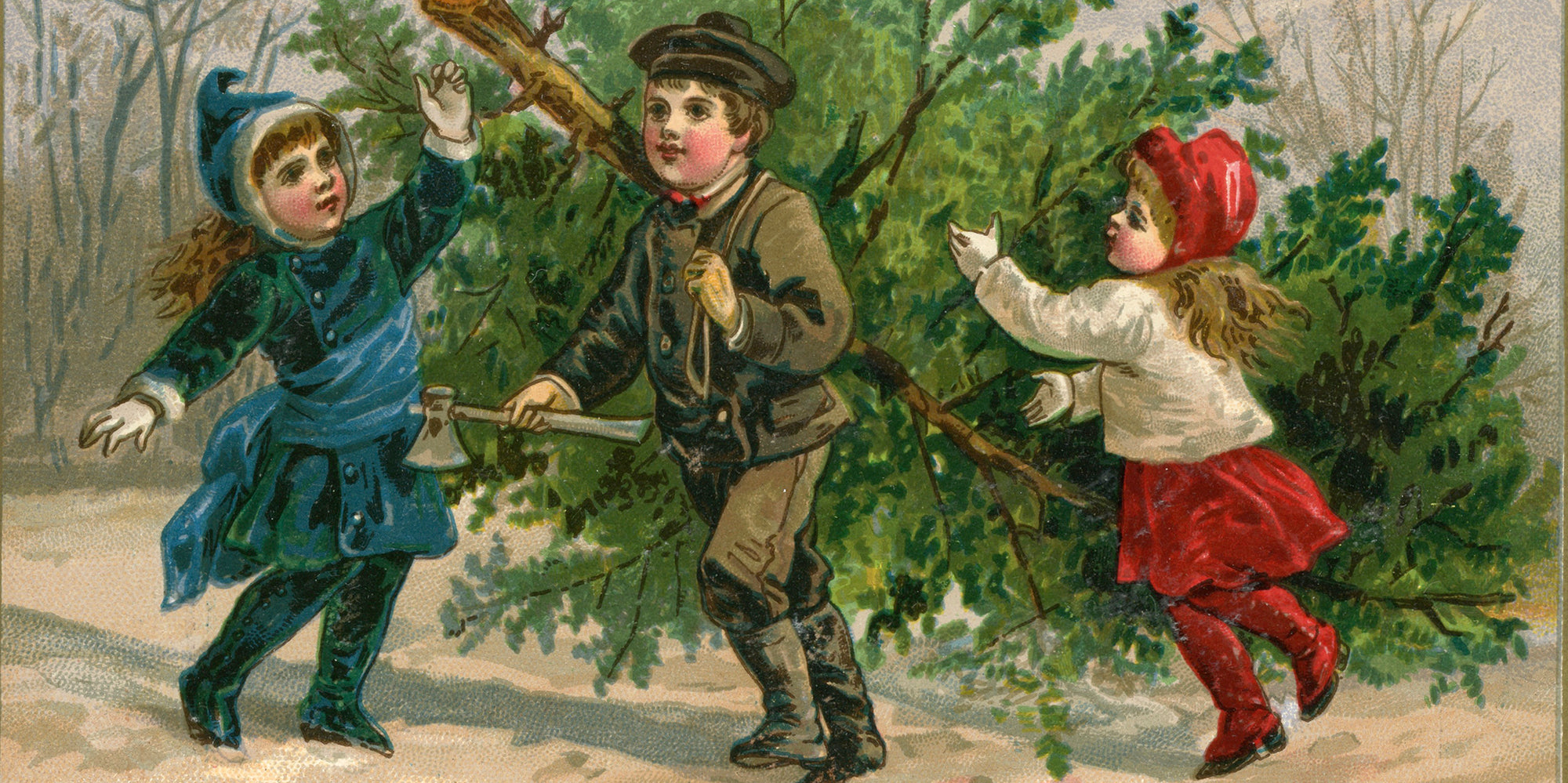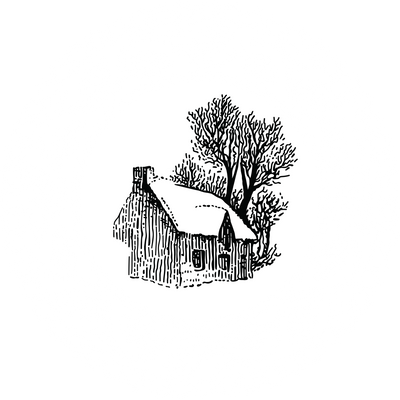Victorian Scrap Album
April 1, 2021

Victorian scraps (also known as scrap reliefs, chromos, oblaten and glanzbilder) appeared in the early 19th century. They became all the rage in the 1880s and 1890s when they reached the peak of their popularity—and technical perfection. After decades of black-and-white and hand-tinted lithographs, vivid, colorful scraps captured the imagination of Victorian women who artfully arranged them in albums, along with mementos, greeting cards, paper lace and pressed flowers, to be passed down the generations as keepsakes. They lovingly decorated their workboxes, needle cases, furniture, screens, souvenirs, and Valentine cards with delightful small images and sentimental messages.
“Scrap-booking” was one of the popular Victorian pastimes for women and children, in England and in the United States. Fancy stationery stores of the day carried beautiful scrap albums with intricate cover designs and guilt-edged pages, as well as a dazzling array of bright, embossed and die-cut sheets of scraps on many subjects, from religious to educational to romantic. An elaborately complied scrapbook was meant to be admired; in addition to pretty scraps, the book’s owner displayed those items that indicated his or her accomplishments, popularity and taste, such rewards of merit, calling cards, poetry, paintings and drawings.
German publishers printed some of the most fascinating and complex examples of Victorian scraps. Hand-tinted and, later, printed color scraps were originally used by German bakeries to decorate confirmation wafers, or oblaten. When bakeries began using these little decorative prints on cakes and cookies during the holiday seasons and for festive occasions, people started to collect them. Although the scraps were primarily printed in Germany, there were several prominent publishers in Great Britain, and some in the United States.
Victorian scraps were printed using chromolithography (sometimes called “stone lithography”), a labor-intensive process requiring outstanding craftsmanship and skill. An image was first separated into its constituent colors; each color separation was then drawn on a limestone (or zinc) plate, and inked with paint. A different stone plate was needed for each color, so it wasn’t unusual to use 20 or more color plates for just one image. The print had to be precisely aligned, or registered, on the next colored plate as the paper passed through the press for the next color application, and print quality depended greatly on the lithographer’s skill.
After printing, sheets were coated with a gelatin-and-gum film that protected the ink from cracking during embossing, and gave the scraps their glossy sheen later on. As a next step, the embossing machine added the raised surfaces to the scraps, and the stamping press cut away extra paper according to the design. The finished glossy sheet of images connected by small “ladders” emerged from the press bearing the publisher’s mark and the design number.
Sadly, the age of chromolithography was short-lived. In the early 20th century, chromolithography was replaced by other printing techniques that brought the cost of printing down. Unfortunately, the quality of printing went down as well: photographic plates and thinner, less durable paper produced inferior scraps. After the First World War the demand for printed scraps steadily declined as movies and radio replaced homemade entertainment, and values and tastes began to change. When scrapbooks were still made, the charming naïveté of Victorian scraps gave way to cut-out articles, ladies’ fashions, and magazine advertisements and prints.
Today, scrapbooking is again a thriving hobby for many families, and reproductions of antique Victorian scraps are sold online and in paper craft stores. Surprisingly, many antique scrap albums survived the wars and years of neglect, and can still be occasionally found in the attics of old houses. It is no longer possible to produce scrap reliefs of Victorian quality; the cost of printing 20 separate colors, and of intricate embossing and die-cuts would be prohibitively expensive. The originals, which remain remarkably vibrant and beautiful after more than a hundred years, are preserved by the Victorian ephemera enthusiasts and in the museum collections. But when we are looking for the sweet, nostalgic images to express our feelings of love, friendship or celebration, we invariably turn to the everyday art of bygone days—Victorian scraps.


0 comments